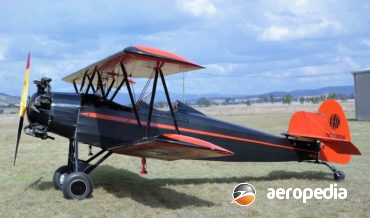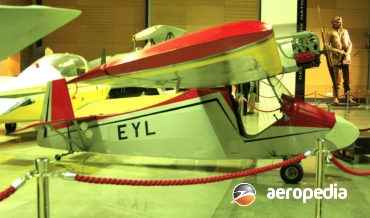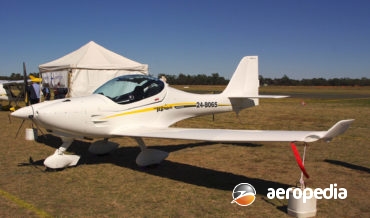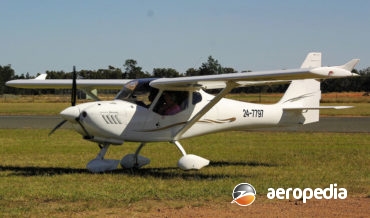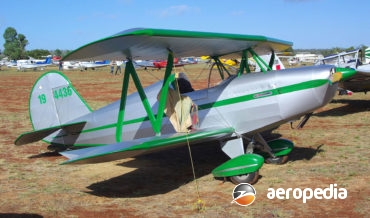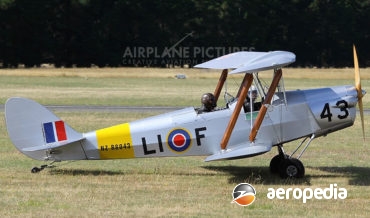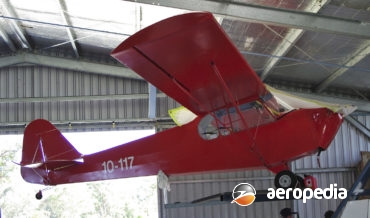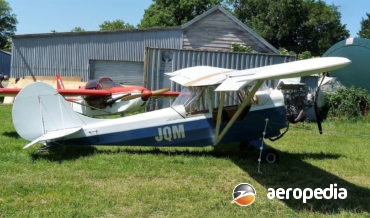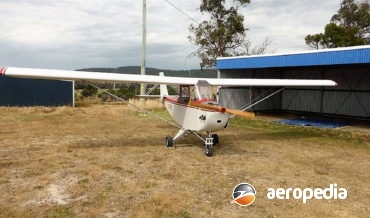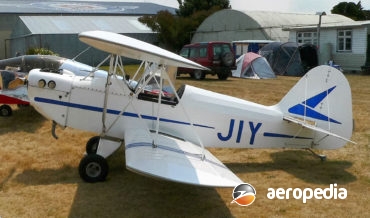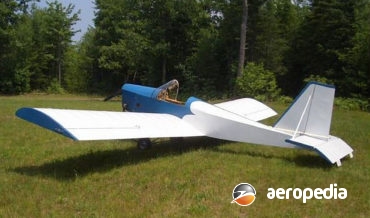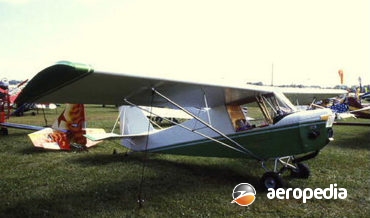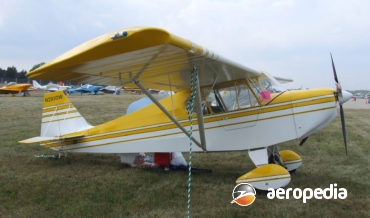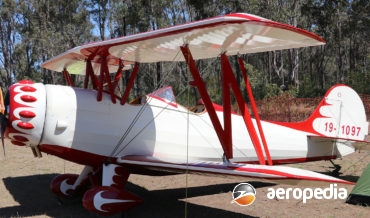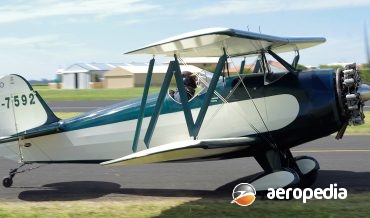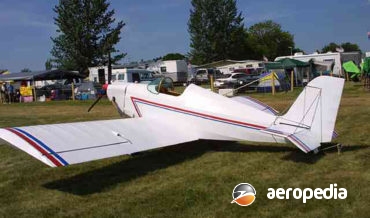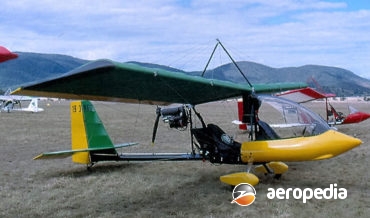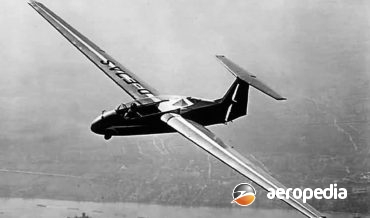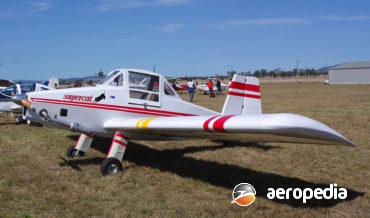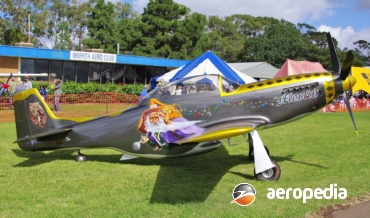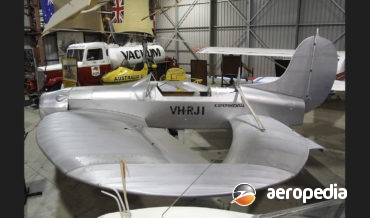All Contents
Contents
The prototype of the Fokker 100 (PK-MKH) flew for the first time on 30 November 1987 at Schiphol airport, Amsterdam, being designed “as a simple, low-cost, no-nonsense, affordable airliner”
David C. Eyre
- May 8, 2019
The Fokker 70 project was launched in 1992 without a launch customer It had a lot of commonality with the F-100, the airframe, wing and systems being almost identical but the fuselage was 462 m (15 ft 1¾ in) shorter
David C. Eyre
- May 8, 2019
The Focke-Wulfe Fw-44 Stieglitz (Goldfinch) was designed for the Luftwaffe as a basic trainer and the prototype first flew in 1932 piloted by Gerd Achgelis
David C. Eyre
- May 8, 2019
The MD-3 Rider was designed by Jaroslav Postal, the prototype [OK-JUR-06] being flown at Kunovice in the Czech Republic on 25 February 2004, being followed by the first production aircraft [OK-JUR-17] on 7 August that year
David C. Eyre
- May 8, 2019
The Tucano is a 70% scale replica of the Embraer Tucano two-seat military trainer produced in Italy for the sports aircraft market and by mid-2015 more than 12 kits had been completed around the world and production of kits continues
David C. Eyre
- May 8, 2019
Fly Synthesis was established in 1985 when development of a series of light aircraft was commenced at Friuli in the Venezia region of north-east Italy
David C. Eyre
- May 8, 2019
The Texan is a light sporting aircraft built by Fly Synthesis in the Czech Republic and is produced in two basic variants, the Texan TC with a fixed tricycle undercarriage, and the Texan RG, the same aircraft with a retractable undercarriage operated by compressed air, but with a manual override
David C. Eyre
- May 8, 2019
The Fly Synthesis Syncro is one of a series of light aircraft produced in Italy for the light aircraft market and was introduced at the 2009 Aero Show at Friedrichshafen, being supplied only as a complete and ready-to-fly aircraft
David C. Eyre
- May 8, 2019
The Storch is one of a new breed of ultra-light aircraft produced in Italy for the recreational aircraft market
David C. Eyre
- May 8, 2019
The Catalina was designed and built by Fly Synthesis in Italy as a simple to build and operate amphibian with an electrically operated retractable undercarriage, which can be operated with a lowering system which, in the event of a problem, can be lowered and locked into position under gravity
David C. Eyre
- May 8, 2019
The Z1 Sportplane was conceived and designed by Lynn Williams as a light simple sporting biplane designed to look like the Staaken Z1 Flitzer German parasite fighter aircraft which was built to operate from airships in World War I
David C. Eyre
- May 8, 2019
The Flightstar series of light aircraft is produced in kit form at Ellington, Connecticut, by Flightstar Inc but hen first introduced to the market in the early 1980s was known as the Pioneer Flightstar
David C. Eyre
- May 8, 2019
During the Cold War US satellite surveillance detected large high-speed machines operating at low-level over the Caspian Sea
David C. Eyre
- May 8, 2019
The CT2K, initially known as the Pegasus CT2K, is one of a new breed of light aircraft being developed around the world to meet new regulations for light aircraft which may be operated under ultra-light/microlight rules or can comply with normal registration requirements
David C. Eyre
- May 8, 2019
The FU-24 was one of three designs by John Thorp for the Fletcher Aircraft Corp of El Monte, California, as the Thorp T15, the FU-24 Utility was adapted for aerial agriculture operations in New Zealand The prototype (N6505C – later ZK-BDS – c/n 1) was flown for the first time
David C. Eyre
- May 8, 2019
Since it was introduced to the agricultural industry in the 1950s the FU-24 series has seen a lot of development
David C. Eyre
- May 8, 2019
Over the years in order to reduce the operational cost of operating an agricultural aircraft operators have fitted a number of engines to the type and these have included converted motor vehicle and truck engines These have included the following
David C. Eyre
- May 8, 2019
The Fleet trainer series, which received its name from Major Reuben H Fleet, evolved from the Consolidated Model 14 Husky Junior which was fitted with an 82-kw (110-hp) Warner Scarab engine
David C. Eyre
- May 8, 2019
The Canuck commenced life in the 1940s as a light aircraft designed by Robert Noury and was initially known as the Noury N-75, the prototype making its first flight at Mount Hope in Ontario, Canada in 1944
David C. Eyre
- May 8, 2019
The Scooter was designed by Mr K Flagor in July 1965 as a small ultra-light sporting monoplane for construction by amateur builders
David C. Eyre
- May 8, 2019
B & F Technik Vertriebs GmbH was founded in 1990 by two students, Otto and Peter Funk who set up a facility at Hofheim, moving later in 1995 to Speyer
David C. Eyre
- May 8, 2019
The FK-9 series is produced in a number of models to meet customer requirements in Germany and the type has been distributed in this region by Silent Wings Aviation
David C. Eyre
- May 8, 2019
The Youngster was designed and is marketed by Fisher Flying Products of Edgeley, North Dakota, and is one of a range of light aircraft for construction by amateur builders
David C. Eyre
- May 8, 2019
The R-80 is an 80% scale replica of the de Havilland DH-82A Tiger Moth manufactured and marketed in kit form by Fisher Flying Products of Edgeley, North Dakota
David C. Eyre
- May 8, 2019
Fisher Flying Products of Edgeley, North Dakota for some years has produced a range of light kit planes for amateur construction in the ultra-light category, and many examples of the series have been built and flown in Australia and New Zealand
David C. Eyre
- May 8, 2019
Fisher Flying Productions of Edgeley, North Dakota, has for some years produced a range of light kit aircraft for the amateur constructor, and quite a few examples of the series have been built in Australia and New Zealand
David C. Eyre
- May 8, 2019
The FP-606 Skybaby was designed in 1986 to comply with the then FAR 103 Ultralight Vehicles category for light sporting aircraft, the category allowing a maximum empty weight of 115 kg (254 lb)
David C. Eyre
- May 8, 2019
The FP-404 is one of a series of ultra-light aircraft produced by Fisher Flying Products of Edgeley, North Dakota in the United States
David C. Eyre
- May 8, 2019
The FP-303 was designed by Fisher Flying Products as a low-cost ultralight, being designed by Fisher’s chief engineer as an ‘inexpensive yet a joy to fly, aircraft
David C. Eyre
- May 8, 2019
Flown for the first time in 1982 and released to the market as a kit shortly thereafter by Fisher Flying Products, the FP-101 was a popular cheap light aircraft around the world
David C. Eyre
- May 8, 2019
The Dakota Hawk is a two seat-side-by-side light aircraft produced by Fisher Flying Products of Edgeley, North Dakota in kit form
David C. Eyre
- May 8, 2019
The Classic is one of a range of ultra-light aircraft produced in Canada in kit form by Fisher Flying Products and is marketed by the company from Edgeley, North Dakota, the first example making its first flight in 1987
David C. Eyre
- May 8, 2019
The Celebrity is one of a number of kit type light aircraft which was originally built by Fisher Flying Products from its facility in Edgeley in North Dakota, the company later moving to a new plant at Woodbridge in Ontario, Canada
David C. Eyre
- May 8, 2019
The Avenger is part of a range of ultra-light aircraft produced by Fisher Flying Products of Edgeley, North Dakota in the US and is a single-seat monoplane with a Rotax engine of 30-kw (40-hp) but engines ranging up to 48-kw (65-hp) may be installed
David C. Eyre
- May 8, 2019
Spectrum Aviation was formed at Lismore, NSW in 1989 as an ultralight maintenance, flight training and sail manufacturing facility
David C. Eyre
- May 8, 2019
The RW-3 Multoplane was designed by Hanno O Fischer, a World War II fighter pilot, as a practical and economic means of transport for two, being a fully aerobatic light aeroplane
David C. Eyre
- May 8, 2019
Designed by Robert Baker, and built for the ultralight / microlight market, the Bobcat was a development of the company’s SuperCat, being a single-seat light sporting aircraft
David C. Eyre
- May 8, 2019
The P-51D is one of a number of scaled down North American P-51 Mustangs available to amateur builders in the United States
David C. Eyre
- May 8, 2019
Gerhard Fieseler was born near Cologne, Germany in 1886 [he died in 1987] and served as a fighter pilot during World War I, later becoming an aerobatic pilot In 1930 he purchased Segel Flugzeugbau, a glider manufacturer, and commenced to build and design further aircraft, including the very successful Fi
David C. Eyre
- May 8, 2019
The Circle is a radical design built in Sydney by Ronald J Feast Mr Feast spent many years designing and building model aircraft and in recent years has been working on models of a circular-wing aircraft
David C. Eyre
- May 8, 2019
Recent Comments
Archives
Categories
- No categories
Categories
- No categories
Latest Posts
Newsletter

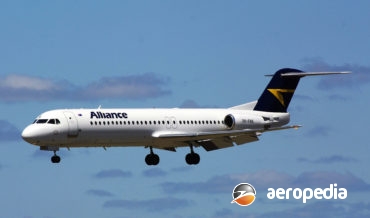
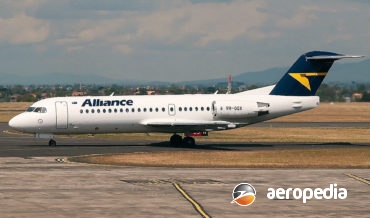
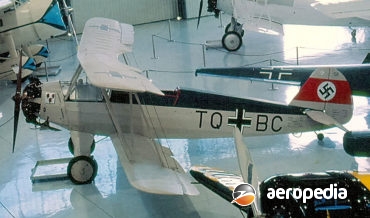
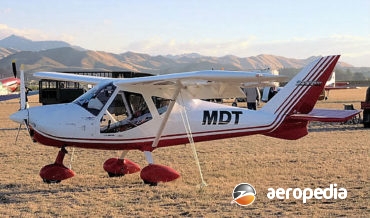
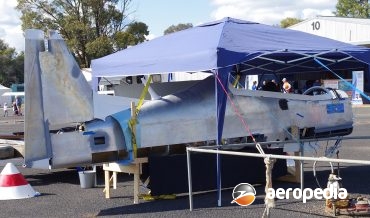
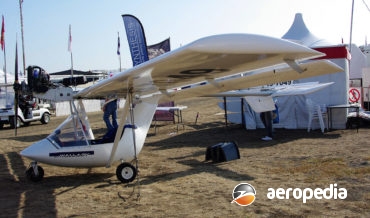
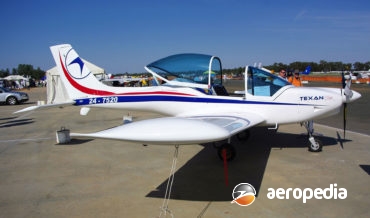
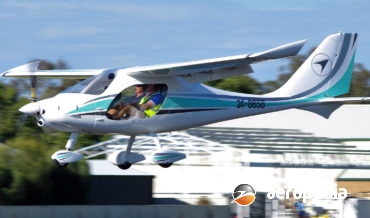
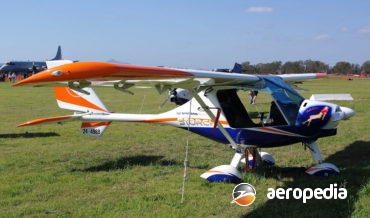
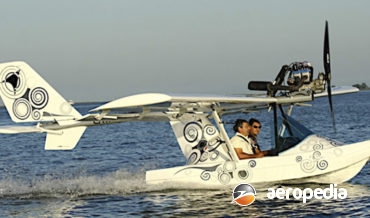
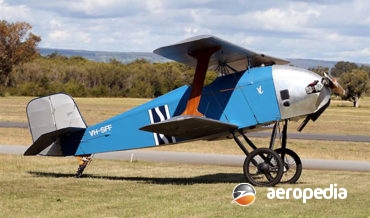
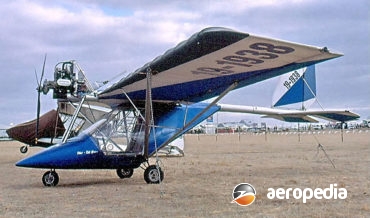
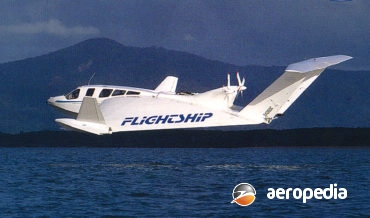
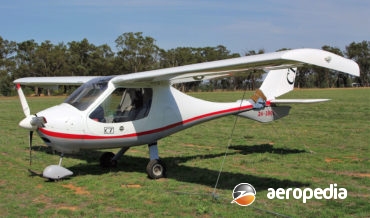
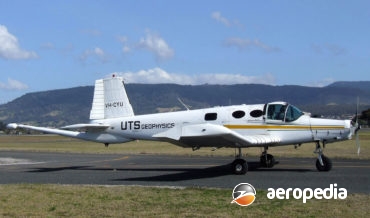
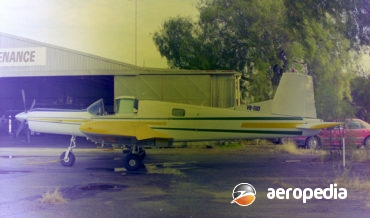
![FLETCHER FU-24 [ENGINE CONVERSIONS]](https://aeropedia.com.au/wp-content/uploads/2019/05/Fletcher-FU-24-engine-conversions-Aeropedia-The-Encyclopedia-of-Aircraft-Australia-New-Zealand-370x218.jpg?v=1588645299)
